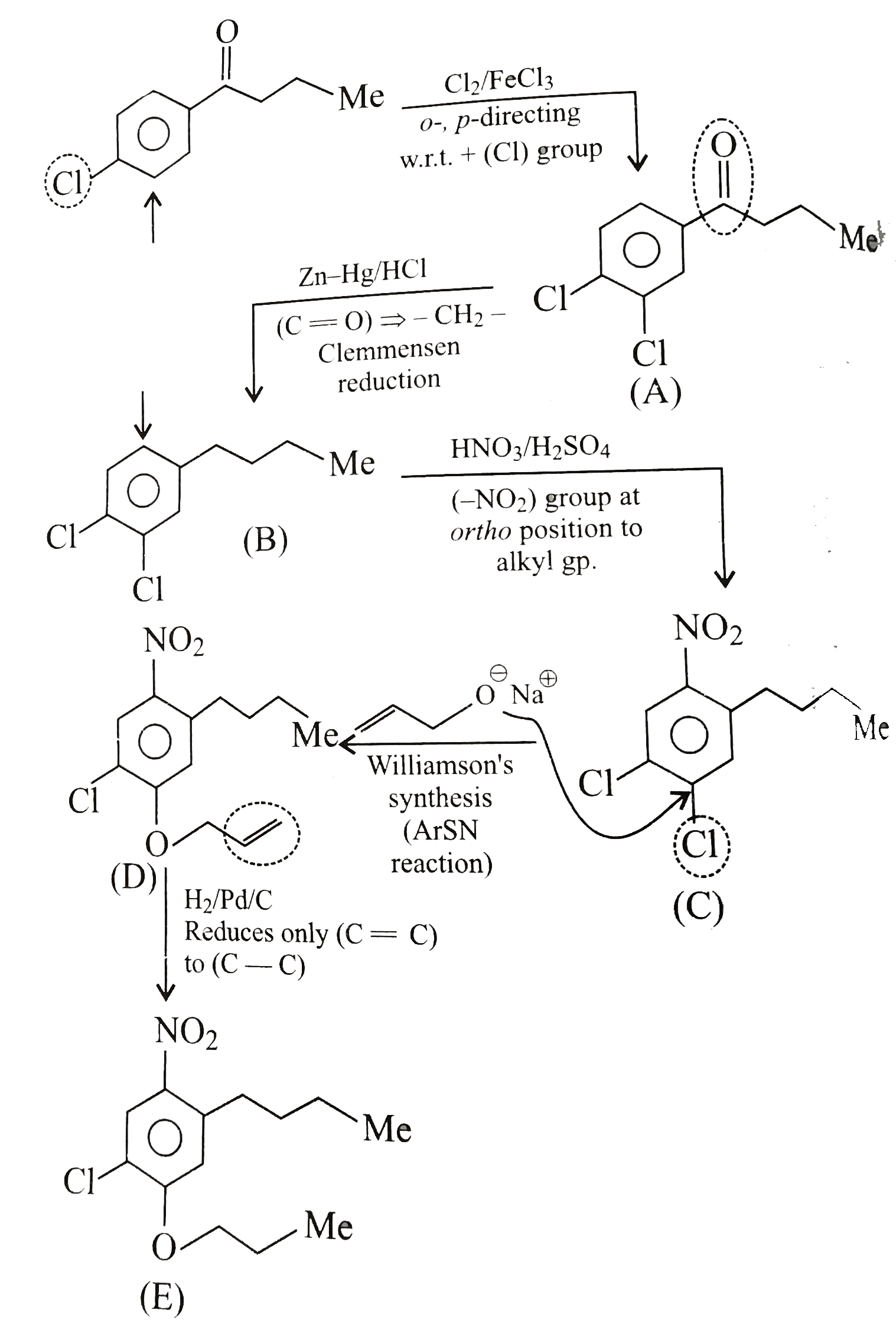Assertion (A) : Non-stoichiometric compounds are called Bertholide compounds. NaCl and KCl crystal, when heated in an atmosphere of Na and K varpours, respectively, they impart violet and yellow colours to NaCl and KCl, respectively.
Reason (R ) : Metal excess defect is due to the presence of extra cations atg the interstitial sites. The excess metal ions move to the interstitial sites and the electrons to the neighbouring sites. The colour results byt the excitation of these electrons by absorbing suitable energy from visible light. When the excited electroon comes back to the ground state, there is emission of radiation in the visible region and gives complimentary colour.
If both (A) and (R) are correct, and (R) is the correct explanation of (A)
If both (A) and (R) are correct, but (R) is not the correct explanation of (A)
If (A) is correct, but (R) is incorrect.
If both (A) is incorrect, but (R) is correct.
The correct Answer is:D
Correct (A): NaCl and KCl impart yellow and violet colour, respectively.
(R) is correct but not the correct explanation of (A).
Topper's Solved these Questions
- SOLID STATEBOOK - CENGAGE CHEMISTRYCHAPTER - SOLID STATEEXERCISE - Exercises (Interger)
9 Videos
- SOLID STATEBOOK - CENGAGE CHEMISTRYCHAPTER - SOLID STATEEXERCISE - Exercises (Fill In The Blanks)
15 Videos
- SOLID STATEBOOK - CENGAGE CHEMISTRYCHAPTER - SOLID STATEEXERCISE - Exercises (Single Correct)
72 Videos
- REDUCTION AND OXIDATION REACTION OF ORGANIC COMPOUNDSBOOK - CENGAGE CHEMISTRYCHAPTER - REDUCTION AND OXIDATION REACTION OF ORGANIC COMPOUNDSEXERCISE - SUBJECTIVE TYPE
3 Videos
- SOLUTIONSBOOK - CENGAGE CHEMISTRYCHAPTER - SOLUTIONSEXERCISE - Ex 2.3 (Objective)
9 Videos
Similar Questions
If a solid A⊕Bɵ having ZnS Structure is heated so that the ions along two of the axis passing throgh the face centre particles are lost and bivalent ion (Z) enters herre to maintain the electrical neutrality, so that the new formula unit becomes AxByCc, report the value of x+y+c.
View SolutionAlthough amorphous solids do not posses the long range order of crystals, they do have ……… just as liquids do.
View SolutionA crystal is made up of particals X, Y, and Z. X froms f packing. Y occupies all octahedral voids of X and Z occupies all tetrahedral voids of X. If all the particles along one body diagonal are removed. Then the fromula of the crystal would be
View SolutionWrite the statements of the products (A),(B),(C),(D), and (E) in the following scheme.

View SolutionWhat should be the boiling point of 1.0molal aqueous KCl solution (assuming complete dissociation of KCl) if KH2Ob is 0.52Km−1?
View SolutionWhich type of defect has the presence of cations in the interstitial sites ?
View SolutionAssertion (A) Due to Frenkel defect there is no effect on density of a solid. Reason (R) Ions shift from lattice sites to interstitial sites in Frenkel defect.
View SolutionWhich type of 'defect' has the pressence of cations in the interstitial sites?
View SolutionThe anionic sites occupied by unpaired electrons are called F-centres or colour centres . They impart __(X)__ colour to the crystals of NaCl. Excess of lithium makes LiCl crystals __(Y)__and excess of potassium makes KCl crystals _(Z)___. (X),(Y) and (Z) are
View SolutionWhich type of defect has the presence of cations in the interstitial sites-
View SolutionWhich type pf 'defect has the presence of cations in the interstitial sites ?
View SolutionAssertion (A) : Zinc oxide is colourless at room temperature but on heating it becomes yellow in colour.
Reason (R) : On heating Zinc loses oxygen and thereby forming free Zn2+ ions. The excess Zn2+ ions move to interstitial sites and the electrons also occupy interstitial positions.
View SolutionAssertion : In ZnO, the excess Zn^(2+) ions are present in interstitial sites. Reason : Metal excess crystals have either missing cation or anion in interstitial site.
View SolutionWhich type of defect has the presence of cations in the interstitial sites ?
View SolutionThe anionic sites occupied by unpaired electrons are called F-centres or colour centres . They impart __(X)__ colour to the crystals of NaCl. Excess of lithium makes LiCl crystals __(Y)__and excess of potassium makes KCl crystals _(Z)___. (X),(Y) and (Z) are
View Solution
